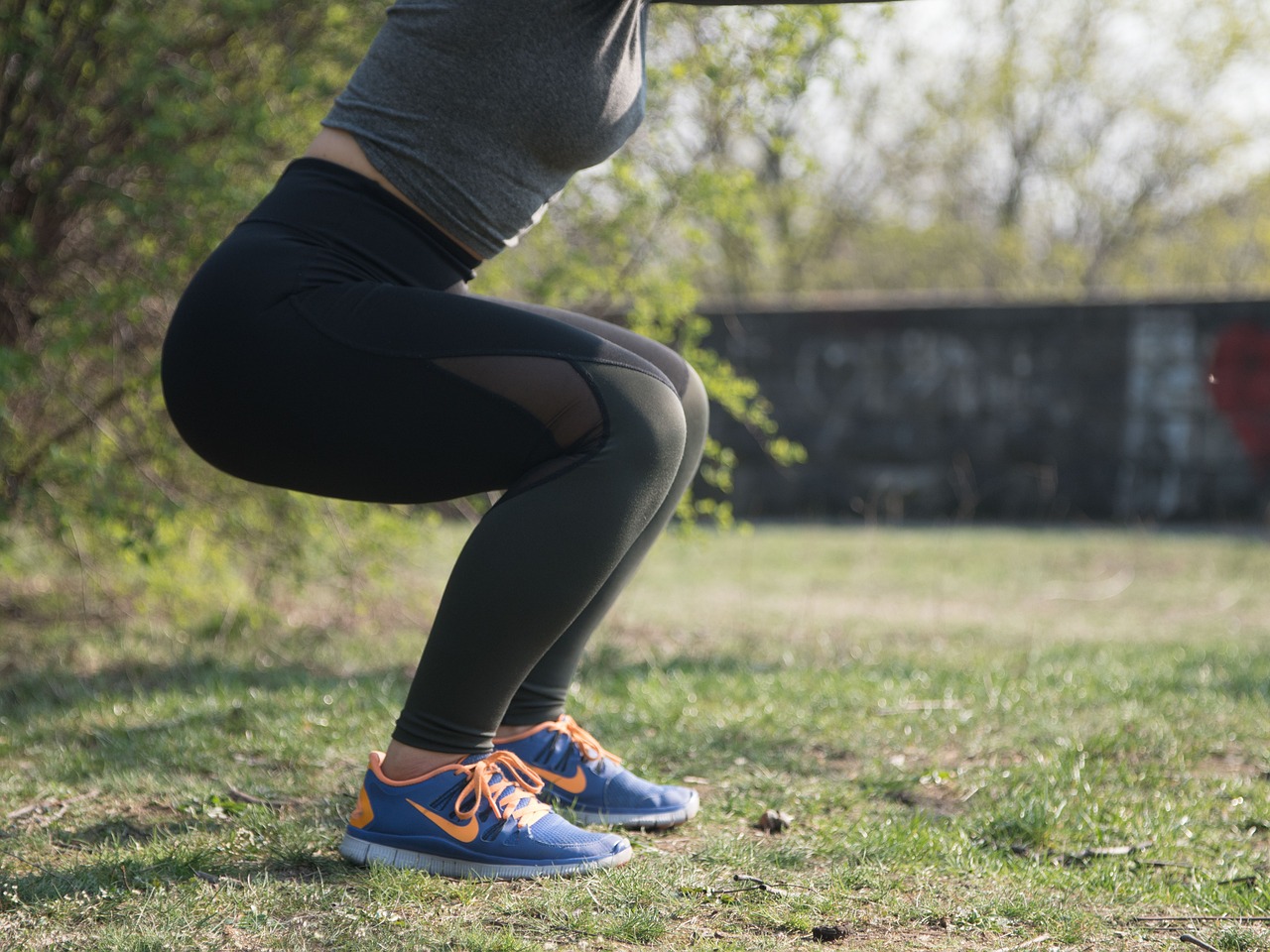
In the pursuit of a well-rounded fitness routine, individuals often seek effective and accessible workouts that can be seamlessly integrated into their daily lives. This explores a comprehensive High-Intensity Interval Training (HIIT) routine focusing on the glutes, specifically designed to be performed in a standing position with minimal equipment. This workout aims to target and strengthen the gluteal muscles, enhancing both aesthetic appeal and functional strength. It will kick your butt!
Warm-Up:
The dynamic warm-up not only increases blood flow to the muscles but also prepares the joints for the upcoming activity.
Perform each warm-up exercise for 1 minute.
- March in Place:
- Lift your knees toward your chest, engaging your core.
- Jumping Jacks:
- Jump your feet wide while raising your arms overhead, then jump back to the starting position.
- High Knees:
- Run in place, lifting your knees as high as possible.
- Butt Kicks:
- Run in place, kicking your heels up towards your glutes.
- Dynamic Lunges:
- Step forward into a lunge, alternating legs.
HIIT Workout:
Perform each exercise for 45 seconds, followed by a 15-second rest. Complete the circuit, then rest for 1-2 minutes before repeating.
- Standing Glute Kickbacks: Targets the gluteus maximus, promoting muscle activation and toning. The standing position engages the core, promoting stability and balance.
- Standing Fire Hydrants: Isolates the gluteus medius and minimus, crucial for hip stability and overall gluteal development. This exercise contributes to a well-rounded, sculpted appearance.
- Standing Side Leg Lifts: Focuses on the abductors, enhancing lateral strength and hip stability. This lateral movement also aids in toning the outer glutes for a more defined silhouette.
- Sumo Squats: Engages the entire lower body, with an emphasis on the inner thighs and glutes. The sumo stance places additional stress on the glute muscles, making it an effective compound exercise.
- Standing Glute Squeeze: Isolates the glutes by actively engaging and contracting the muscles. This exercise aids in enhancing muscle tone and can be particularly effective for individuals looking to improve their mind-muscle connection.
Cool-Down:
The cool-down helps prevent muscle soreness and promotes flexibility.
Perform each cool-down exercise for 1 minute.
- Slow March in Place:
- Gradually reduce your pace, allowing your heart rate to come down.
- Standing Forward Fold:
- Hinge at your hips and reach towards the ground, keeping your legs straight.
- Quad Stretch:
- Bend one knee and bring your heel towards your glutes, holding onto your ankle.
- Seated Glute Stretch:
- Sit on the ground, cross one leg over the other, and gently press on the knee to stretch the glutes.
Frequency and Recommendations:
For optimal results, the frequency at which the HIIT standing butt workout is performed should align with individual fitness levels, goals, and recovery capacity. Generally, incorporating this routine 2 to 3 times per week can yield noticeable improvements in gluteal strength and tone over time. The importance of allowing adequate recovery between sessions cannot be overstated, as it is during the recovery period that muscles repair and grow.
Beginners’ Considerations:
For beginners, it is essential to approach this workout with a gradual progression in mind. Starting with one session per week and gradually increasing the frequency as fitness levels improve is a prudent approach. Beginners may also choose to perform fewer repetitions initially, focusing on mastering proper form and technique before progressing to more intense variations.
It is advisable for beginners to listen to their bodies and prioritize quality over quantity. If any exercise causes discomfort beyond normal muscle fatigue, adjustments should be made, or the individual should seek guidance from a fitness professional. Additionally, incorporating rest days between workout sessions allows the body to recover, reducing the risk of overtraining and potential injuries.
Consideration should also be given to incorporating modifications or alternative exercises to accommodate beginners. For instance, reducing the range of motion, using lower-intensity variations, or incorporating additional rest intervals can help make the workout more manageable for those new to fitness.
As individuals progress and adapt to the routine, they can gradually increase the frequency, intensity, and complexity of the exercises. This approach ensures a sustainable and enjoyable fitness journey, allowing individuals to reap the benefits of enhanced gluteal strength and tone while minimizing the risk of burnout or injury. Always remember that consistency and patience are key elements in achieving long-term fitness goals.




